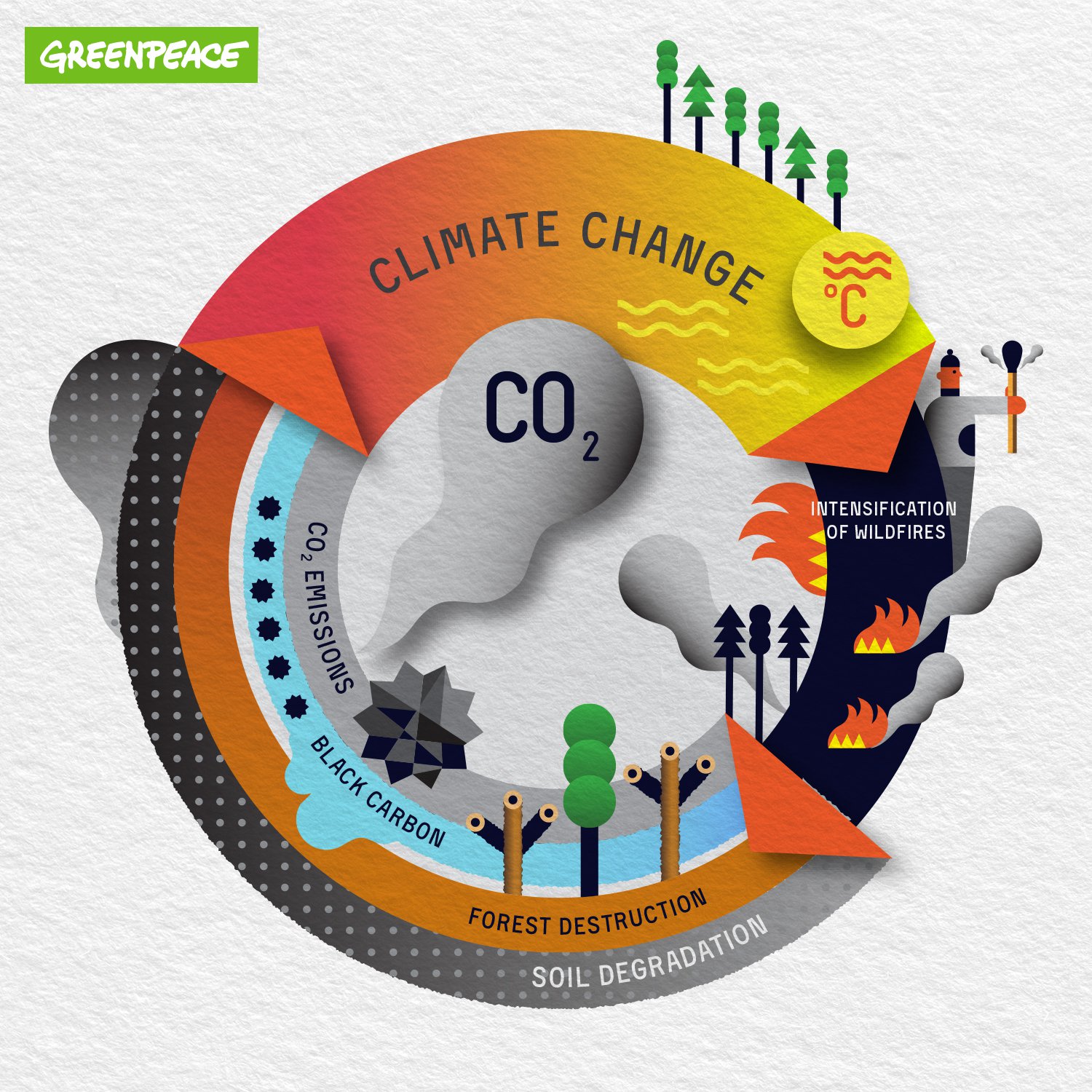How Are Humans Causing Climate Change?
- ScienceNerd14

- Aug 14, 2019
- 2 min read
We know that greenhouses and carbon dioxide trap heat in Earth's atmosphere. Humans burn tons of fossil fuels, which releases carbon pollution that traps heat in the atmosphere.
When the balance of greenhouse gasses of what we add and what plants absorb is maintained, it provides the perfect conditions for life.
However, disturbing this balance, especially in the extreme, can cause extreme effects.
Most of our daily activities- anything including electric power, transportation, factories...they all are related to fossil fuels such as coal and gas.
When we burn fossil fuels, the carbon they hold combine with oxygen to make carbon dioxide. This extra carbon dioxide and other greenhouse gases, like methane, that are released into the atmosphere by things such as landfills, trap more and more heat in the atmosphere.
Since the Industrial Revolution, a time where there was an extreme increase in the use of fossil fuels, we have seen a strong correlation between more carbon dioxide and higher temperatures.
We have added more carbon dioxide to the world than it can possibly hold.
What has this caused? Besides warmer temperatures, our oceans have become more acidic. It’s not just the warmer temperatures.
There have been more extreme weather events such as hurricanes and wildfires, and the world’s glaciers and icebergs are melting.
We clearly need to switch to renewable energy. They don’t add greenhouse gasses to the atmosphere, that already has more than it can handle.
What are the types of renewable energy? Solar and wind renewable energy are better for our health and for stopping climate change from getting worse.
Another way that humans are heating the Earth is by destroying the ozone layer. The ozone layer is a protective shield in the Earth’s stratosphere that protects us from dangerous UV light from the sun, and absorbs it.
Exposure to this harmful light causes an increased risk of skin cancer and sunburn.
Chlufoflurocabrons (CFC’s) were once used in aerosol cans and in refrigerators. As these reach the stratosphere, the UV light breaks down the CFCs into substances, including chlorine.
One atom of chlorine can destroy more than 100,000 ozone molecules, according to the US Environmental Protection Agency.
Hydrofluorocarbons (HCFC’s) are still in use today. They are less harmful. However, the next coolants (HFC’s) are greenhouse gases that contribute to climate change anyway.
Scientists are currently working on finding new technology and coolants to reduce reliance on chemicals.
The ozone layer is our shield, and destroying it only harms us and warms the planet even more.
Direct rays from the sun hitting our own skin and the Earth are very dangerous.
The last main point is something we have tried to deny: it’s our fault, but it’s up to us to stop it from getting worse. 🌎🔥
Sources: https://www.climaterealityproject.org/blog/how-do-we-know-humans-are-causing-climate-change-0
https://www.theccc.org.uk/tackling-climate-change/the-science-of-climate-change/climate-variations-natural-and-human-factors/




Comments